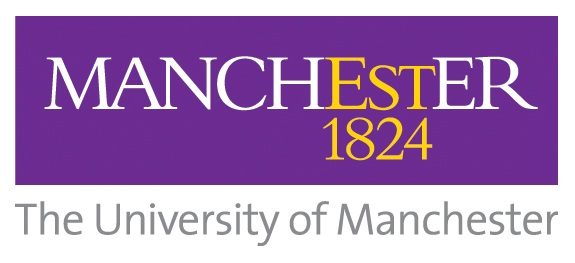Nature Reviews Clinical Oncology, 2025, in press
Glioblastoma resection margin as a therapeutic target and the opportunity for locoregional nanotechnologies
Surgical resection is the first step for patients radiologically diagnosed with glioblastoma (GBM), the most aggressive primary brain tumour. Inevitably, due to the diffuse nature of the disease, residual invasive tumour cells, or stem-like tumour initiating cells remaining after surgery are the key drivers of glioblastoma recurrence. The current clinical standard of care aims to tackle this challenge with a combination of post-surgical radiotherapy and systemic single agent chemotherapy. However, there is a treatment gap prior to the initiation of this combination during which residual tumour cells residing in the resection margin can undergo uninhibited proliferation and further invasion, even at very early stages post-surgery. Furthermore, the plasticity and heterogeneity of these cells promotes resistance to conventional therapies, resulting in poor efficacy for such a combinatorial treatment approach and the inevitability of disease recurrence. Recognition of the post-surgical resection margin and peri-marginal zones as the key anatomical clinical target, and the need to rethink current strategies can galvanise opportunities for local, intra-surgical approaches, while also generating a new landscape for innovative treatment modalities. Here, we discuss the opportunities and challenges for developing locoregional therapeutic strategies for the GBM resection margin and the emerging opportunities nanotechnology is offering to this clinically transformative space. We will highlight the state-of-the-art approaches that are maturing towards the clinic, while specifically discussing the persistent barriers to their clinical translation and progression. Finally, we offer a perspective on a potential path forward toward broader acceptability of such advanced technologies.








